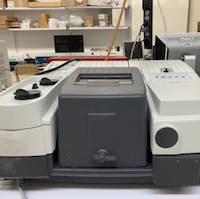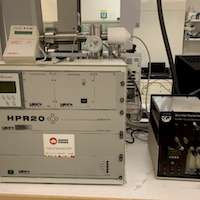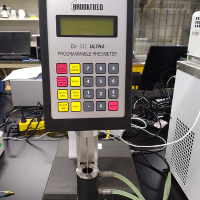Institute for Oil Sands Innovation (IOSI)
12th Floor Donadeo Innovation Centre for Engineering (ICE) | University of Alberta | 9211 – 116 Street | Edmonton | Alberta | T6G 1H9 Canada
Phone: +780 492 22 93 | Email: iosi@ualberta.ca
We are located on Treaty 6 / Métis Territory








































